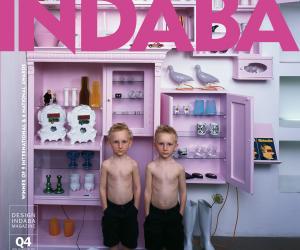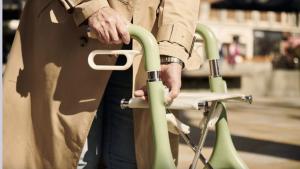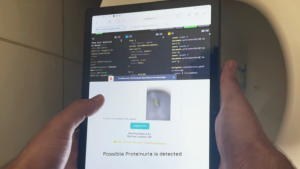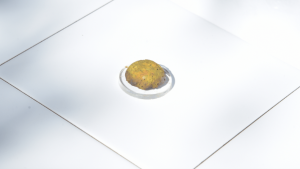First Published in
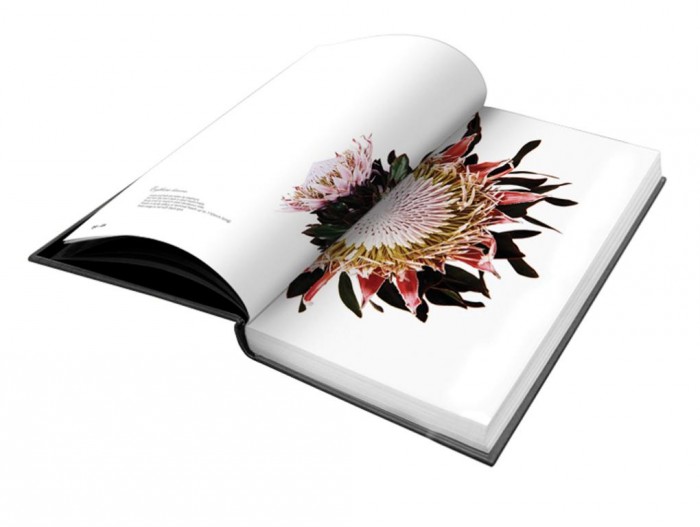
Disguised, faded, bruised, torn, chopped, stacked and waiting for purpose. This is how photographer Clinton Friedman saw the broken aloes and various herbs on his first visit to a traditional muti (medicine) market in KwaZulu-Natal.
The plants had been uprooted from the African wilderness and transported on foot, by train or by taxi to be sold in makeshift markets on the pavements of stations, on the side of the road or in tiny downtown shops. Considered healing plants, they have the power to transform and magically reinstate the health of the sick and weary.
Yet, in their dried, twisted and mashed form, their desperate plight for water and a fresh start in life struck Friedman. Replanting them in his Durban garden and nursing them back to health, Friedman has become an active proponent in promoting the development of an indigenous plant crop programme. Part of promotion is to generate awareness and to these ends Friedman has used his photographic finesse to make startling pictures.
Once the plants have been nursed back to health, Friedman extracts them momentarily from the ground to capture their beauty on film. Using a sheer white screen and drawing on botanical books as a reference medium, Friedman’s archival collection revitalises botanical art through the medium of film, while generating an awareness of these illegally harvested plants.
Now available as a collection in his newly published book, Subtraction, Friedman’s archive does not become historical, but rather a celebration of life. Each image is accompanied by the plant’s scientific name, as well as a short description of its medicinal uses and cultural significance. Using creativity to immortalise these healing plants, some of which are near to extinction, the book is a call to action.

